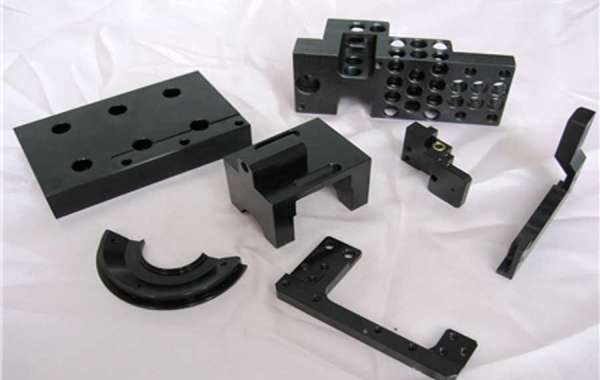Gaskets are important parts required for industrial manufacturing. The design of economical and feasible gasket punching dies can provide references for related companies, thereby shortening the mold design cycle, reducing costs and achieving benefits. The material of the existing gasket work piece is Q235 steel, the thickness is 1mm, the work piece can be ordinary punched, and the production batch is large batch. Analysis and determination of its size and size process plan
Process analysis of stamping parts
The manufacturability of blanking parts refers to the suitability of the workpiece to the copper stamping process, and it is the process requirement for the product from the perspective of stamping process. Good manufacturability is reflected in the low material consumption, small number of procedures, simple mold structure and long life, stable product quality, and simple operation. The surface roughness of the part is 6. The accuracy of 3 m parts is ITI2, and the tolerance of the distance between the centers of the two holes is ±0.1mm.
Determine the process plan
The production of the workpiece requires two basic processes: punching and blanking. Option 1: Single process mode. The design is simple, but the production efficiency is low. The blanking is divided into two processes and two sets of different blanking equipment are required. Option 2: Compound mold. The use of composite molds can simplify the punching process, and the production efficiency is higher. However, the circular ring belt of the workpiece is narrow, and the minimum wall thickness of the convex and concave molds cannot be satisfied. Option three: continuous mode. The production efficiency is high, and it is easy to realize the possibility of operation mechanization and automation. In summary, option three is selected. If the material is blanked and then punched, the efficiency is too low. And the quality is not easy to guarantee, so a continuous die is used that first punches L and then blanks. 3 Blanking process and design calculation
Layout
Layout refers to the layout method of blanking parts, strips or sheets. Reasonable layout and selection of appropriate margin values are effective measures to reduce costs, ensure the quality of the workpiece and extend the life of the mold.
- (1) The layout method is because the continuous blanking method of double punches is adopted. For example, the blanks are laid out according to normal conditions. The distance between the punch L punch and the blanking punch is relatively close, and the installation part of the punch overlaps. The punch must also be processed, taking into account that it may affect the strength of the punch. In order to avoid the above situation, and from the point of view of material utilization, the interval layout method is adopted, that is, the blank is blanked twice. Although this kind of nesting method can greatly improve the utilization rate of materials, in the process of secondary blanking, because the stopper pin may be blocked in the hole of the sheet after the primary blanking, it may be a problem for workers. The operation brings certain difficulties, which must require the operator to accurately control the feeding distance during manual feeding.
- (2) Overlap The remaining material left between the workpieces and between the workpiece and the side of the strip during layout is called overlap. The function of the lap is to compensate the positioning error of the strips, to ensure that qualified workpieces are punched out, to ensure that the strips have a certain rigidity, and to facilitate feeding.








